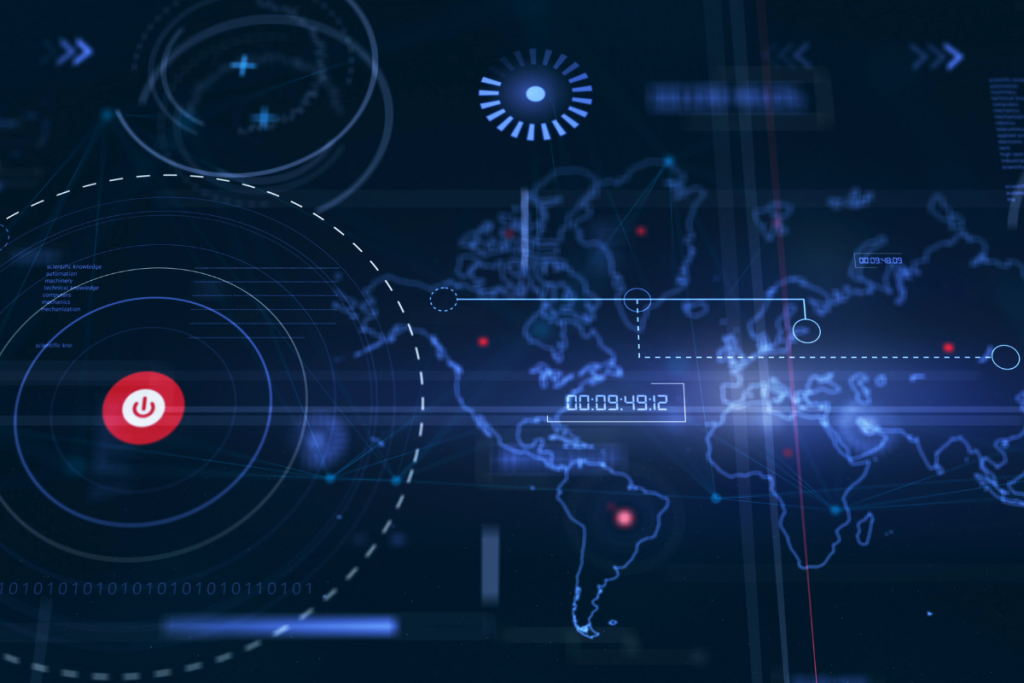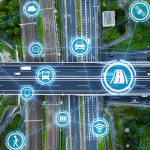As logistics networks increasingly adopt agentic AI, autonomous systems trained to make dynamic decisions without human intervention, new tensions are emerging. It’s no longer just your AI optimizing for inbound flow, dock slotting, or route efficiency. It’s also your carrier’s AI. Your 3PL’s AI. Even your supplier’s AI. And they’re all operating with different objectives, rulesets, and access privileges.
This collision of independently trained AI agents is reshaping how coordination, negotiation, and fallback planning work across the logistics ecosystem. What was once a linear chain is now a multi-agent environment where systems make decisions in parallel, and sometimes at odds.
From Automation to Autonomous Misalignment
Legacy automation followed a clear command-and-control structure, plans were made centrally, and downstream systems executed accordingly. But agentic AI rewrites that logic. These systems interpret context, generate decisions, and act, often without human validation or coordination.
Consider an inbound shipment running late. Your AI might reassign dock slots to avoid a backlog. But your 3PL’s AI, focused on labor efficiency, could reprioritize a higher-margin shipment. Meanwhile, the carrier’s AI, trained to minimize dwell time, may push for immediate unloading regardless of your constraints. Each system is optimizing for its own KPIs, but without a shared decision framework, those optimizations conflict.
A prime real-world example occurred during the COVID-era container surge (2021–2022) at the Ports of Los Angeles and Long Beach. Multiple digital appointment platforms, including terminal gate systems powered by AI scheduling and carriers’ own booking tools, were operating independently. With no unified protocol, appointment slots got overbooked and misallocated. The result? Truckers endured delays upward of five hours, equipment jams became routine, and manual rescheduling backstopped the digital systems.
This conflict wasn’t caused by lack of intelligence, it was caused by isolated intelligence. Each system prioritized its own metric, truck flow, slot utilization, or container dwell time, but none communicated intent. The outcome: manual overrides, frustrated operators, and delayed cargo.
The Multi-Agent Logistics Stack
Autonomous Intent Generation: Each AI agent, whether embedded in a WMS, TMS, or fleet management platform, generates actions based on real-time inputs and trained optimization models. These intents may include rerouting, reprioritizing, or resource reallocation. But without shared context, conflicts arise. One system may reroute for speed, another for cost, another for emissions.
Protocol-Free Negotiation Gaps: Unlike human planners who escalate decisions through SLAs or escalation paths, most AI agents lack negotiation protocols. Today’s systems rarely disclose why they made a decision, or how flexible that decision is. This makes it difficult for adjacent systems to adjust or contest a choice in real time.
API Clashes and Policy Collisions: Many logistics environments now run AI agents from multiple vendors. For example, an LTL carrier may use a dispatch AI trained on cost per mile, while the shipper’s orchestration layer prioritizes load time predictability. These agents interact via APIs, but they often lack shared schemas for urgency, margin risk, or SLA thresholds. The result: routing loops, override spirals, or fallback to static rules.
Conflict Mitigation and Override Logic: The most advanced networks are building “arbiter” layers, AI conflict resolution engines that monitor agent actions, detect contradictions, and enforce override policies when needed. These arbiter systems don’t replace individual agents but ensure coherence across the network. Some early pilots involve delay impact scoring, where conflicting AI actions are compared based on projected revenue, compliance, or service-level impact.
From Optimization to Orchestration
The rise of agentic AI in logistics isn’t a threat, it’s an inflection point. But optimization in isolation is no longer enough. The next frontier is orchestration across multiple intelligent actors, each operating with partial information and differing goals.
For logistics leaders, this means rethinking what “control” looks like. It’s not about centralizing every decision, but about designing rules, protocols, and transparency mechanisms that allow agents to collaborate, or at least not conflict. The companies that succeed won’t just deploy AI. They’ll architect ecosystems where AI systems can align, negotiate, and defer intelligently. Because in the multi-agent economy, the biggest risk isn’t bad decisions, it’s good decisions that cancel each other out.





